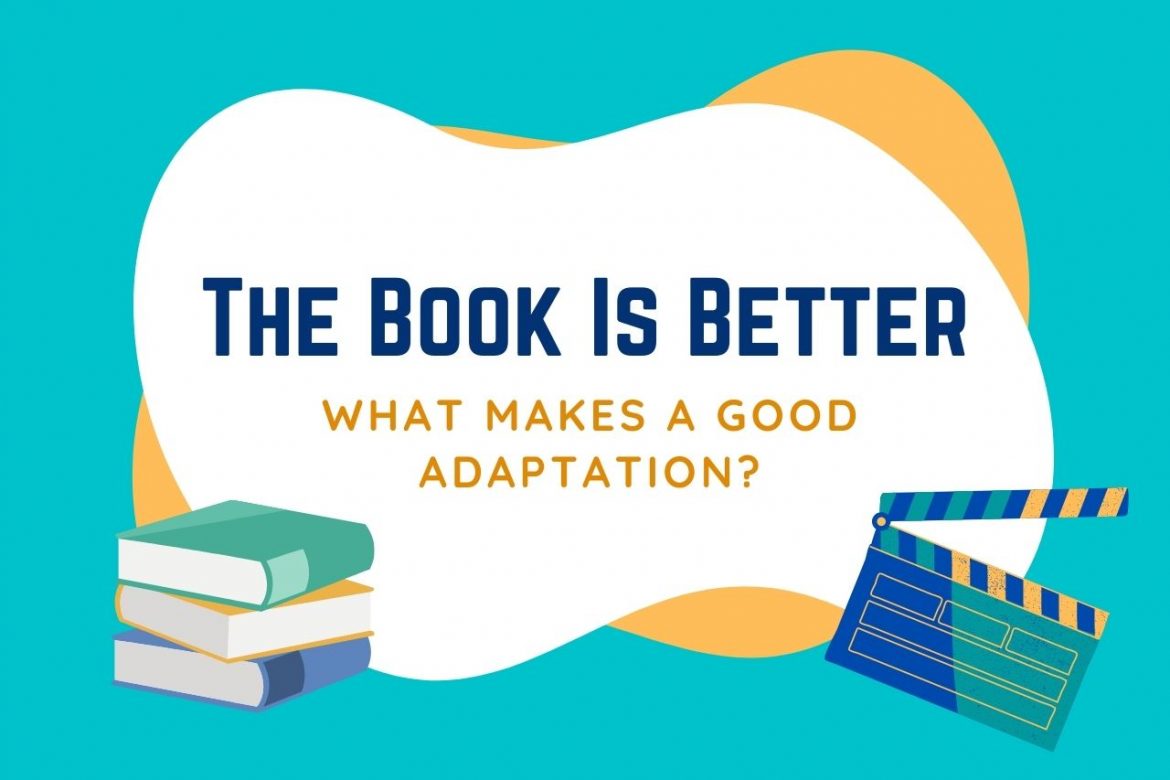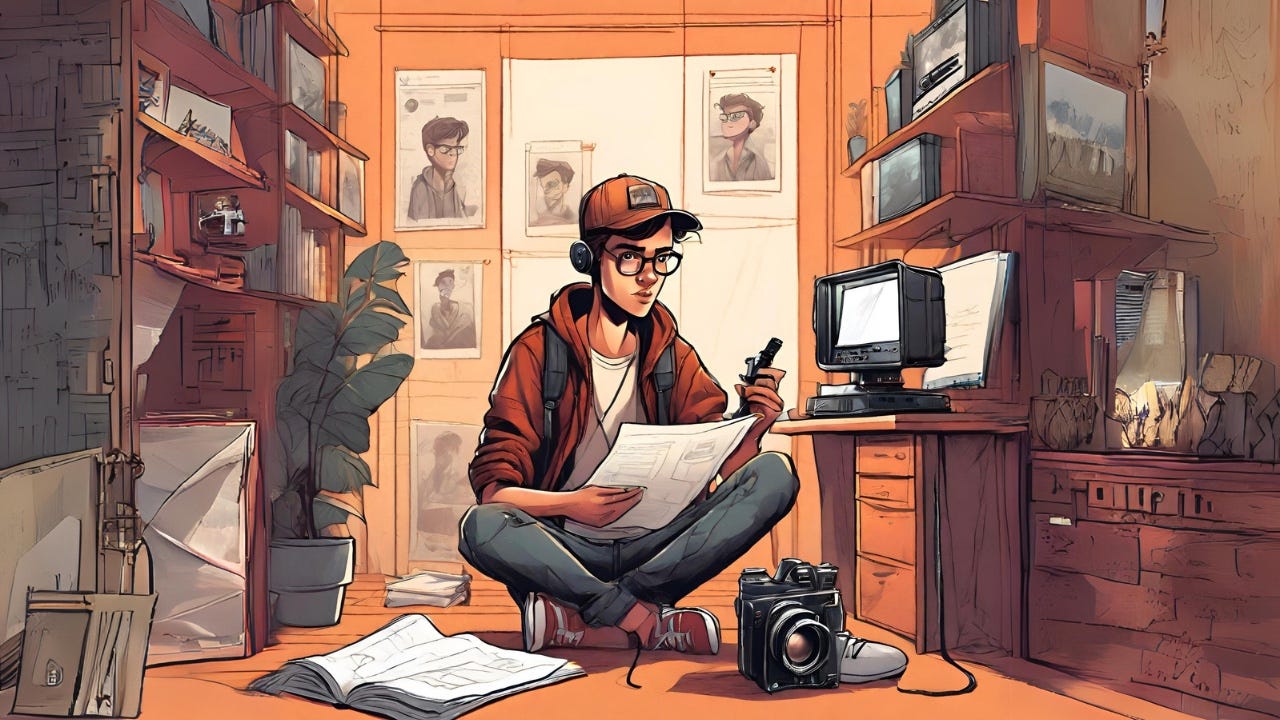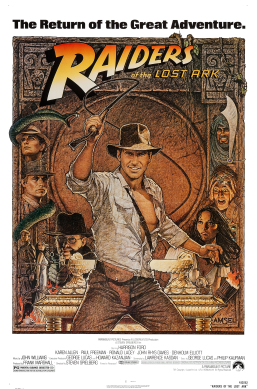The Art of Literary Adaptations: What Makes Them Succeed or Fail?
Literary adaptations have long been a cornerstone of the film industry, bridging the gap between the written word and the visual storytelling of cinema. While some adaptations capture the essence of their source material and become celebrated works in their own right, others falter, leaving fans disappointed and critics unimpressed. The success of a literary adaptation depends on several factors: fidelity to the source material, its reinterpretation for the cinematic medium, and the creative choices that align with the story's core themes.

Faithfulness to the Spirit of the Source Material
A successful adaptation often honors the essence of the original work—its tone, themes, and emotional depth—rather than rigidly adhering to every plot detail. This balance allows filmmakers to stay true to the heart of the story while making necessary adjustments for the screen.
- Example: The Lord of the Rings
Peter Jackson’s trilogy is a masterclass in adaptation. While the films omit certain characters and subplots from Tolkien’s novels, they preserve the epic scale, moral struggles, and intricate world-building. Jackson’s selective approach ensured that the films remained accessible without sacrificing the emotional or thematic weight of the books.
Staying true to the spirit of the source material fosters resonance with both fans of the book and newcomers, creating a cinematic experience that feels authentic and meaningful.
Adapting to the Cinematic Medium
Books offer narrative tools that are not easily transferable to film, such as internal monologues, detailed exposition, and sprawling subplots. Filmmakers must creatively reinterpret these elements to suit the visual and temporal nature of cinema.
- Example: The Godfather
Francis Ford Coppola’s adaptation of Mario Puzo’s novel stands as a benchmark in cinematic storytelling. By condensing subplots and focusing on visual symbolism, powerful dialogue, and nuanced performances, the film captures the tension, moral ambiguity, and family dynamics central to the book. Coppola’s ability to translate the novel’s essence into a visual format created a timeless classic that complements the source material.
When filmmakers successfully reimagine literary elements in cinematic terms, adaptations can feel as rich and layered as the books that inspired them.
Pitfalls of Over-Condensation
Adapting a novel into a feature film often requires significant condensation, but when too much is cut, the story can lose depth and coherence.
- Example: The Great Gatsby (2013)
Baz Luhrmann’s visually extravagant adaptation faced criticism for prioritizing spectacle over substance. The film’s lavish visuals and modern soundtrack overshadowed the novel’s subtle critique of the American Dream and themes of disillusionment. By focusing on surface elements rather than deeper meanings, the adaptation failed to fully convey the complexity of Fitzgerald’s work.
This highlights the risk of adaptations becoming superficial when filmmakers attempt to include too much or focus only on the novel’s most visually appealing aspects.
Balancing Fidelity and Innovation
While faithfulness to the source material is important, some adaptations shine by taking creative liberties that bring fresh perspectives or elevate the story for the screen.
- Example: Blade Runner
Based on Philip K. Dick’s Do Androids Dream of Electric Sheep?, Blade Runner diverges significantly from the novel in terms of plot and tone. However, the film captures the philosophical questions of identity, humanity, and consciousness that are central to the book, while creating a visually iconic and thought-provoking experience.
Rigidly faithful adaptations can sometimes feel uninspired, failing to leverage the visual and emotional potential of cinema. Conversely, adaptations that respectfully innovate often resonate as standalone masterpieces.
Challenges with Classic Literature
Adapting classic novels presents unique challenges. The weight of expectations often pushes filmmakers to remain overly faithful to the text, resulting in films that are visually stunning but emotionally static.
- Example: Traditional Classic Adaptations
Some adaptations of works like Jane Eyre or Wuthering Heights focus so intently on reproducing the source material that they neglect to bring the energy and emotional depth needed to engage modern audiences.
The best adaptations of classics embrace the spirit of the story while reimagining its presentation to captivate contemporary viewers.
The Role of Creative Collaboration
The success of any adaptation ultimately depends on the synergy between directors, screenwriters, and actors. Each contributor must understand and respect the source material while adding their unique creative vision.
- Directors like Alfonso Cuarón (Harry Potter and the Prisoner of Azkaban) and Greta Gerwig (Little Women) have shown how innovative direction can breathe new life into beloved novels.
- Screenwriters play a pivotal role in distilling the essence of a book while crafting a screenplay that flows cinematically.
- Actors bring the characters to life, translating internal monologues into physical and emotional performances.
Conclusion: The Dual Nature of Adaptation
Literary adaptations are both a tribute to the original work and an independent creative endeavor. The most successful adaptations balance fidelity with innovation, reinterpreting the story to suit the unique capabilities of film while preserving the heart of the book.
When done well, adaptations can enrich our appreciation of the source material, offering new perspectives and experiences that deepen our connection to the story. Whether through faithful recreations or bold reimaginings, the art of adaptation continues to demonstrate the enduring power of storytelling across mediums.

Discover the Best Book Recommendations Today
Finding great books can seem hard, but with the right help, you can find your next favorite. A good website for book recommendations can guide

Discover Your Local Reading Community Today
Connecting with fellow book lovers can open up new worlds and build lasting friendships. A local Reading Community offers a sense of belonging and enriches

Explore the Leading E-book Platform Solutions
The rise of digital publishing has made E-book Platform solutions more popular. With many online e-book platforms out there, picking the right one is key.




















